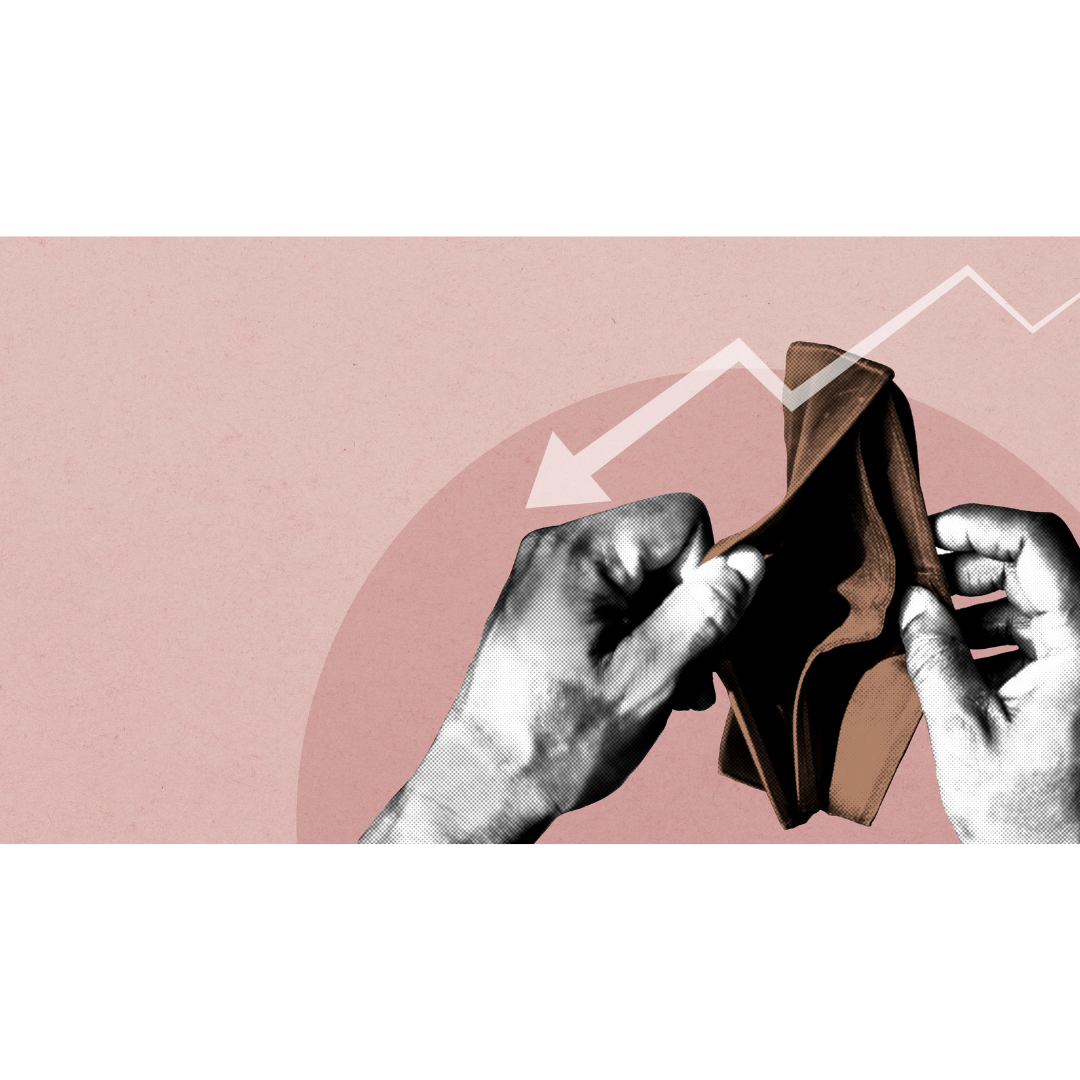Economies around the world are still recovering from the ill-effects of the COVID-19 recession that began in the month of February 2020. It was a chain of events that transformed into a domino effect, beginning with the 2020 stock market crash. The curve in the US market returned to normalcy only after key policy changes were undertaken. It needs to be noted that the crash occurred at a time when the IMF had reported in 2019 that the world economy was going through a ‘synchronized slowdown’ and was entering into its slowest pace since the Great Recession in 2007 and 2009.
Today, when we contemplate our actions for the post-pandemic era in 2022, it has been observed that the global economy is still reeling under the after-effects of the two-year pandemic. It has been reported that the GDP growth in the first quarter of 2022 has been slower than in the last quarter of 2021. The declining manufacturing activity since 2017 affected the overall consumer market, which further deteriorated with the COVID-19 sponsored high unemployment and inflation rates.
The recent Russia-Ukraine war has led to a soaring consumer price inflation across Europe. There are reports going around of a 7.5% inflation rate which is the highest ever in the history of the European Union. The unemployment rate in February 2022, was recorded at 6.8 percent. The low productivity rate and the high inflation rate have projected high economic stagnation in the European Union, opening the discussion to Stagflation.
Rising prices, Dwindling revenue
Raffi Boyadjian, a top Investment Analyst at XM Global explains that Stagflation is the phenomenon when the inflation is running high but the economic growth is either very slow or is negative. This is usually accompanied by high unemployment rate.
According to a popular belief, oil prices have a direct effect on the consumer sentiments which leads to lower productivity and hence, lowers the GDP. Another theory behind stagnation is the poor economic policy from the financial leaders. The recent economic crisis in Sri Lanka is one of the best examples of a self-inflicted economic recession in the country.

In this post-COVID recovery phase, most of the production firms are not able to meet the demands, due to which the prices are raised. The problem becomes more complex when the employees demand a hike in salaries to match up to the rising inflation rates.
The reason for the current inflation rates is largely due to the geopolitical tensions across several borders and the precautionary measures being taken to fight the global pandemic. The current economic stagnation could be mitigated through proper coordination and cooperation between the world economic superpowers.
Devaluation and scarcity of money
One of the main reasons why stagflation is hitting the boards badly across the globe is the slow economic growth, accompanied by the obvious unemployment rate and the unforeseen price rise of the commodities. The in-majority Middle-class section of the society are earning less and the money they hold is gradually losing value.
The ongoing Russia-Ukraine war in Europe is increasing the input costs for energy and other essential resources for production. The US is also considering a hike in the interest rates while China is being cautious with any new stimulus for new projects. Every country in the world, post the first quarter of 2022 is focussing on inflation, rather than growth. The consumption power is still very low while the macroeconomic policies are yet to meet the expectations of the corporate houses.

This wave of uncertainty that is flowing across the globe could be contained with an increase in productivity, which would lead to rise in the employment rates, leading to a positive sentiment across the market, thus leading to the growth in the GDP. With GDP on the right trajectory again, the monetary policies could focus more on investments rather than inflation.
Raffi adds, “In Europe, where the growth is not as high as that of the US, but experiencing the same levels of inflation, the central bank could observe patiently and wait for the inflation to go down on its own accord. It should avoid triggering another price shock by raising the interest rates.”
The Global Economic houses are keeping a keen eye on the US federal reserves and the European Union, expecting the inflation to subside by the end of the summer. The supply chain needs to break away from the shackles of the geopolitical tensions and the pandemic-induced challenges to meet the market demands, which would be the first big respite against this ongoing stagflation.
Article by Ujal Nair



















